Animals without blood? What does that mean?
A lot of people don’t realize that animals don’t bleed. They only secrete fluids from their skin, eyes, ears, nose, mouth, and anus. This means that they don’t require blood transfusions or other medical treatments.
Blood is a liquid that carries oxygen throughout our bodies.
The first vertebrate animal with no blood was discovered by scientists in 1869. The creature was named Haemopis sanguisuga (Latin for “blood-sucking lizard”) because it had long fangs that could pierce its prey’s flesh. It also secreted a sticky substance called hemolymph that helped it suck out the blood of its victims.
Which Animals does not have blood?
- Flatworms
- Nematodes
- Jellyfish
- Sea Anemones
- Corals
- Sponges
- Hydra
Table of Contents
Animals Without Blood
Flatworms
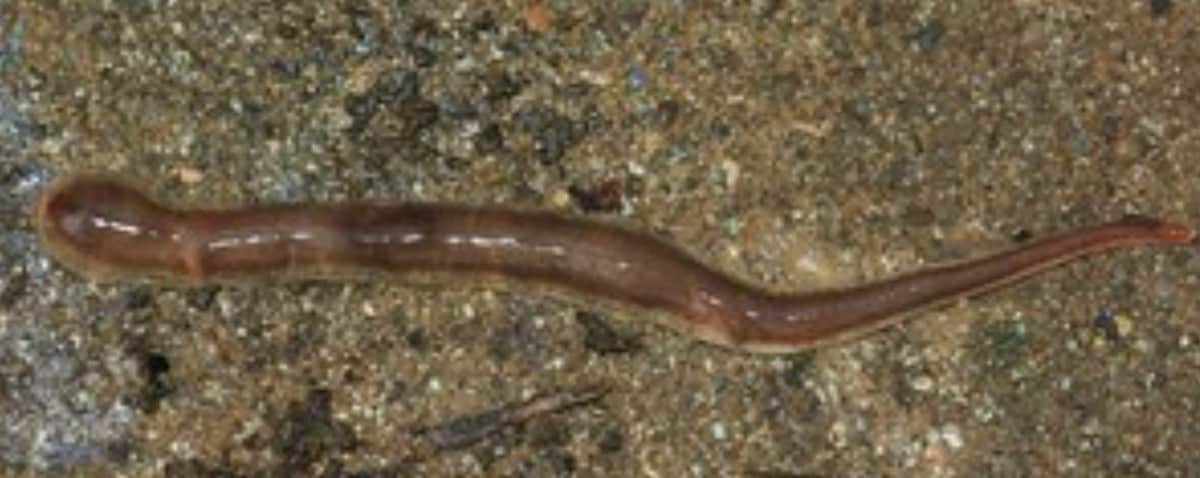
Flatworms don’t have blood because they lack red blood cells. They do have a circulatory system, which includes a heart and a network of blood vessels called the coelom. The coelom contains fluid that helps transport nutrients throughout the body.
However, flatworms do have hemoglobin, a protein found in all vertebrates, which allows them to carry oxygen through their bodies.
Do flatworms have a circulatory system? Flatworms do not have a circulatory system. They do however have a heart that pumps blood through the body.
The heart has two chambers, one atrium, and one ventricle. There is no circulation between these chambers. Their brain is located at the front end of their bodies.
Flatworms use gills instead of lungs for breathing. They live in water, where they cannot breathe air. To survive, they must extract oxygen from the surrounding water. This process requires flatworms to move through the water, which causes them to lose heat. As a result, they need to find places where the temperature is cooler.
Nematodes

Yes, nematodes do have blood. They also have a nervous system, muscles, and digestive tract. However, they don’t have bones, teeth, hair, skin, or eyes. Nematodes are microscopic roundworms that live inside other animals such as insects, worms, and mollusks. The word “nematode” comes from the Greek word for thread.
Do nematodes have a circulatory system? Nematodes have no circulatory system, they only have a nervous system. They do however have a digestive tract which includes a mouth, pharynx, esophagus, stomach, intestine, rectum, anus, and reproductive organs.
Nematodes do not have a digestive system, they just eat other things. They also don’t have mouths, eyes, ears, noses, or sex organs. However, they do have a nervous system, which enables them to move around. They live inside the soil and feed off other organisms. Some species of nematode are parasites of plants and animals.
Jellyfish
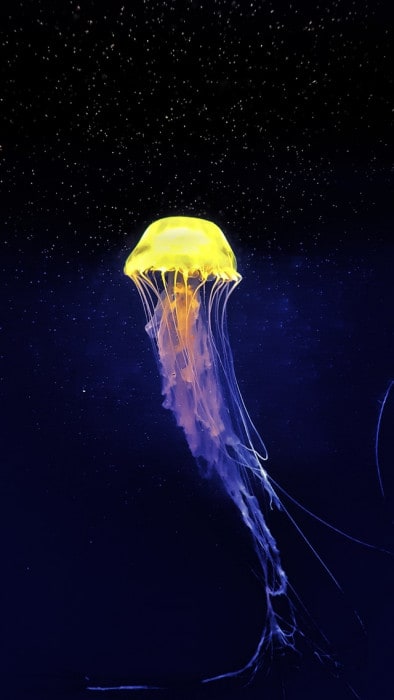
Jellyfish don’t have blood because they use hemocyanin instead of hemoglobin for oxygen transport. Hemocyanin is a copper protein found in mollusks, arthropods, annelids, echinoderms, and chordates.
The structure of hemocyanin has been determined from several different species, and it consists of two lobes connected by a hinge region. Each lobe contains four subunits, each consisting of six polypeptide chains.
A jellyfish has no blood, but they do have nematocysts which are stinging cells that fire when disturbed. These cells contain a toxin called histamine, which causes pain. Jellyfish also have a strong venom that paralyzes prey.
The jellyfish has blood, but rather how it gets its red color. The color of the jellyfish comes from hemoglobin and myoglobin in their cells. Hemoglobin and myoglobin are proteins found in animals with red blood cells. Jellyfish do not have red blood cells, so they must use other means to get their red color.
How do jellyfish live without a brain? Jellyfish don’t need brains because they don’t have any sensory organs or muscles. They just float around in the ocean, waiting for food to come along. When they find something tasty, they use tentacles to grab onto it.
Read More : Animals With Blue Blood
Sea Anemones

Sea anemones do not have blood, they have cells called nematocysts that contain stinging cells. These cells fire when stimulated by water currents, causing pain and tissue damage. The stinging cells are located at the end of long tentacles, which are used for capturing prey.
These cells contain toxins that cause pain when they touch human skin. The tentacles of these creatures also contain venomous spines which inject poison into prey.
What will happen if you touch a sea anemone? If you touch a sea anemone, it will sting you for about 10 minutes. The sting comes from tiny nematocysts which are attached to the tentacles. These nematocysts contain venom that causes pain when they inject into the skin. Sea anemones also use these nematocysts to capture prey.
If you touch one of these creatures, you can expect to feel some pain for up to ten minutes. This is due to the fact that the tentacles contain many small needles that shoot out when touched. These needles pierce your skin, injecting the venom.
Do sea anemones have brains? Sea anemones do not have brains, but they do have nerve cells that control their tentacles. The nerve cells are called ciliated neurons, which means that they have tiny hairs that help them detect movement. These neurons also send signals to other parts of the body, such as muscles.
Corals
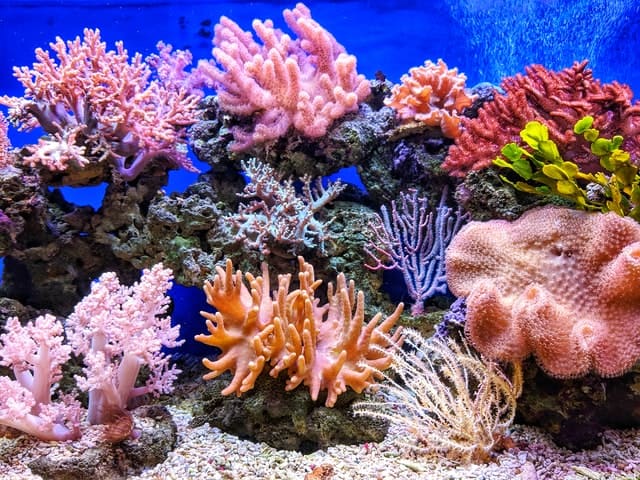
Coral has no blood, but it does have a skeleton made up of calcium carbonate, which is similar to bone. The main difference between coral and bones is that coral grows continuously, while bones only grow when they are broken down. Coral skeletons are very hard, making them difficult to break.
corals don’t have brains, but they have nervous systems. Corals are animals with a soft outer covering (called a polyp) that looks like a flower bud. Each polyp contains a mouth, stomach, and anus.
Coral is a soft-bodied marine invertebrate that looks like a sea anemone. A coral may look like a plant or even a rock, but it’s actually an animal. If you touch a coral, you’ll feel something prickly on your finger. It’s the coral’s way of protecting itself against predators.
A coral uses its sharp edges to catch food, so touching it could hurt. You might want to leave this creature alone!
Why Do Sponges and Hydra Do Not Have Blood?
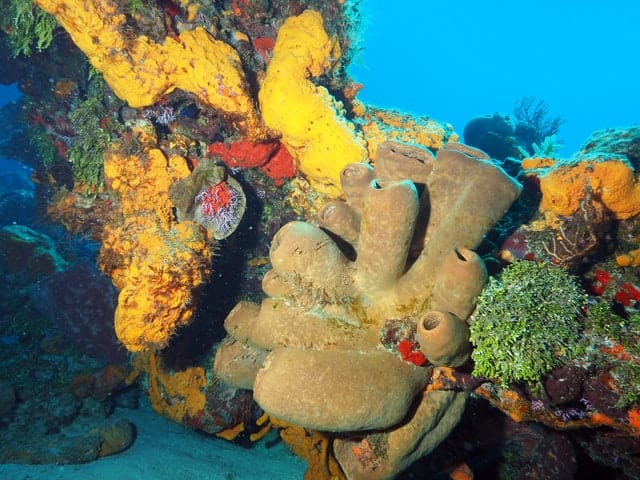
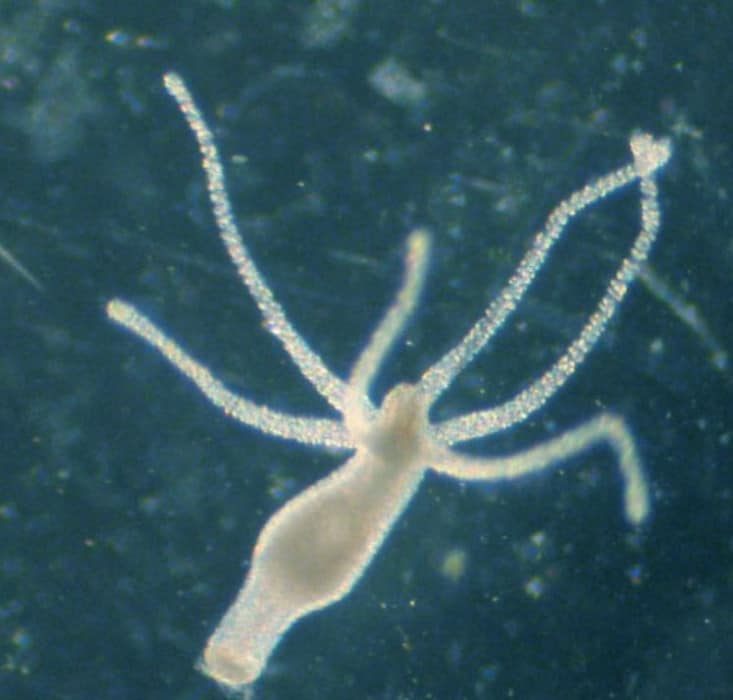
Sponges and hydra do not have blood because they are made up of cells called mesenchymal stem cells. These cells are found in bone marrow, fat tissue, muscle, tendon, cartilage, ligament, and other connective tissues.
Mesenchymal stem cells are multipotent, meaning they can differentiate into any cell type in the body. They also secrete growth factors, cytokines, and extracellular matrix proteins.
Do sponges and Hydra have a circulatory system? Yes, they do! Sponges and Hydra have two hearts, one for blood circulation and another for water circulation. The heart for blood circulation pumps the blood through the body while the other pumps the water throughout the sponge or hydra.
Which Animal Blood Is Not Red And Why?
The blood of animals such as cows, sheep, goats, horses, pigs, dogs, cats, rabbits, and birds are greenish-yellow. This color comes from hemoglobin, which contains iron. Hemoglobin is responsible for carrying oxygen throughout the body. It’s also used by some fish species to make energy.

